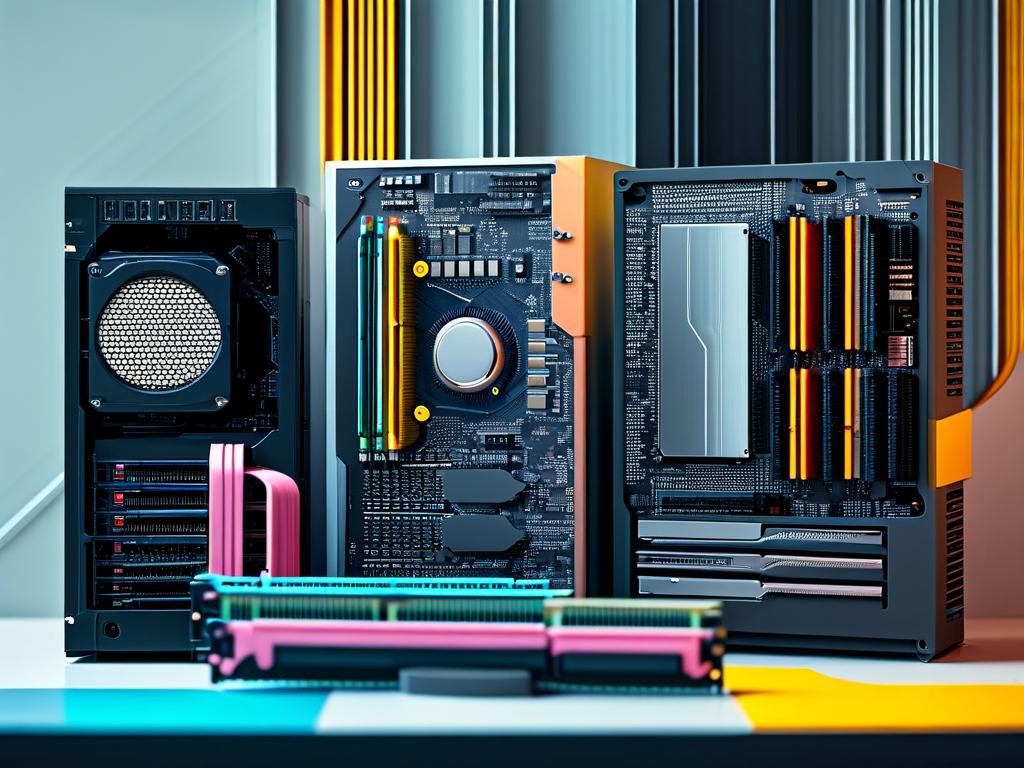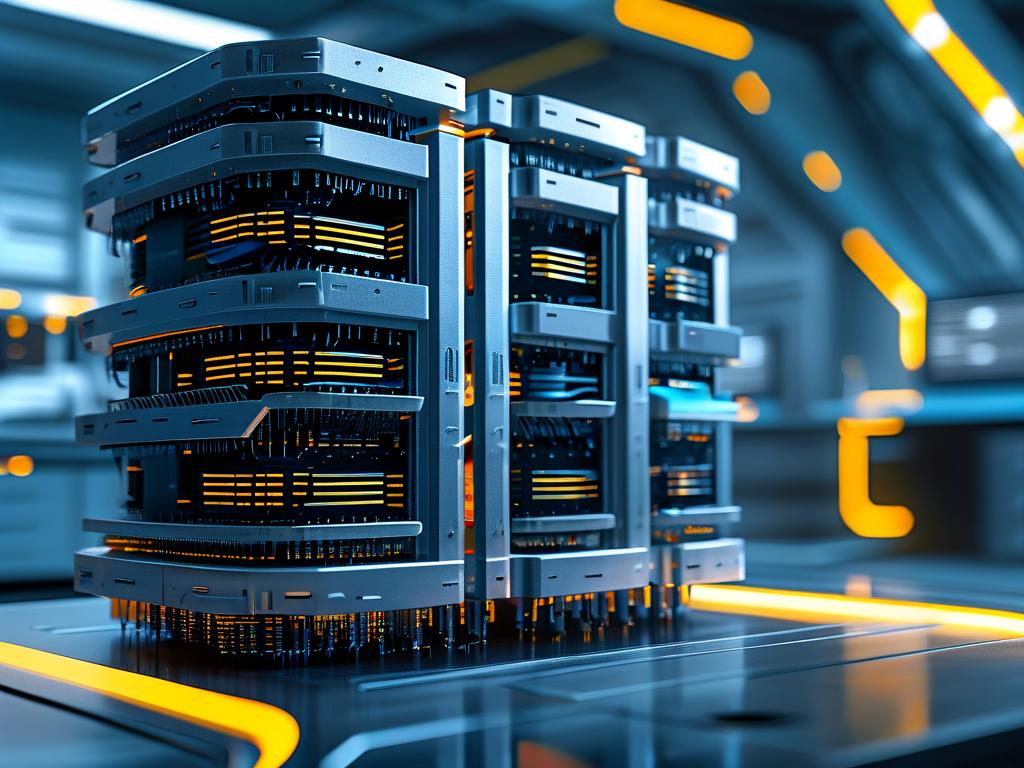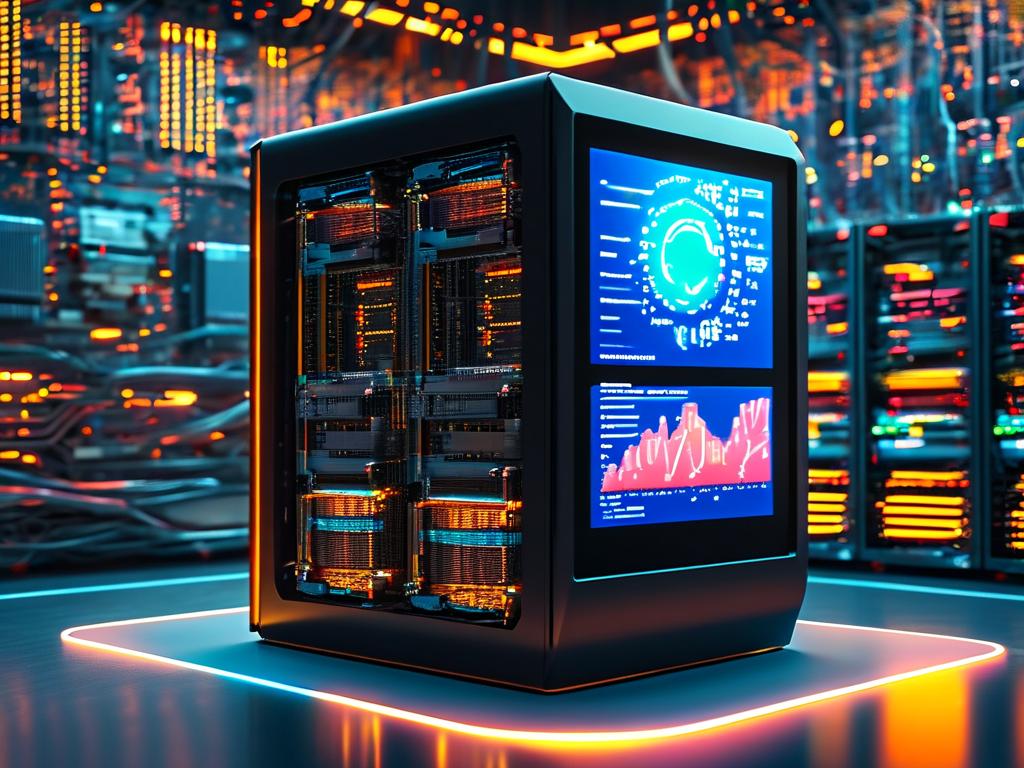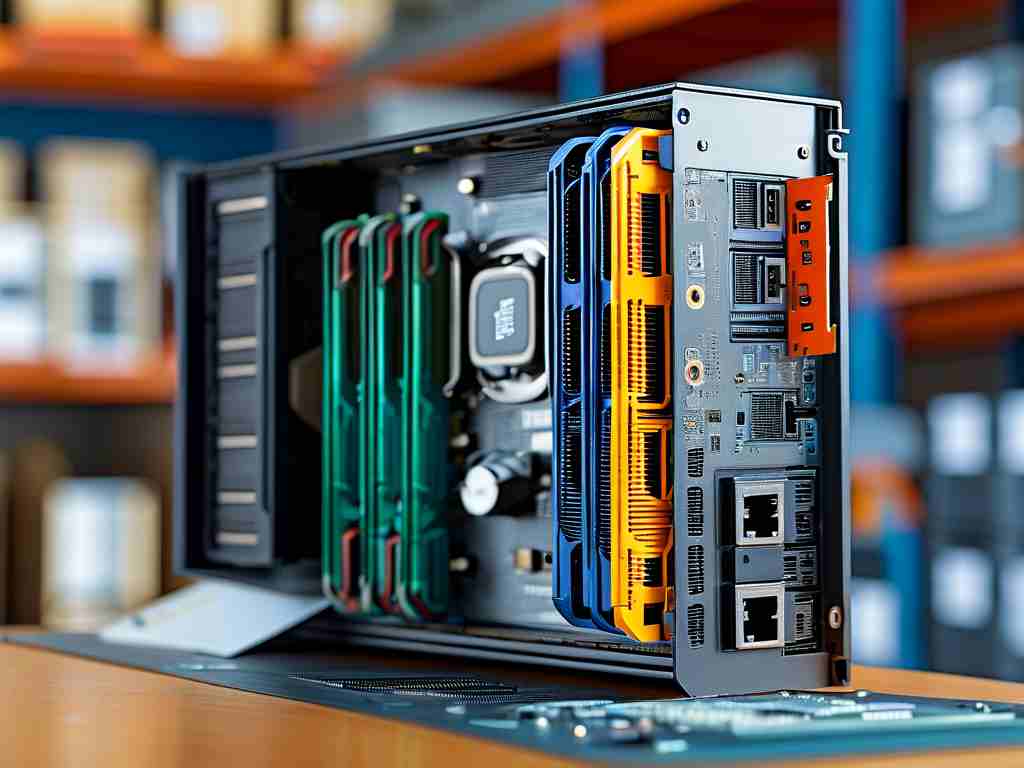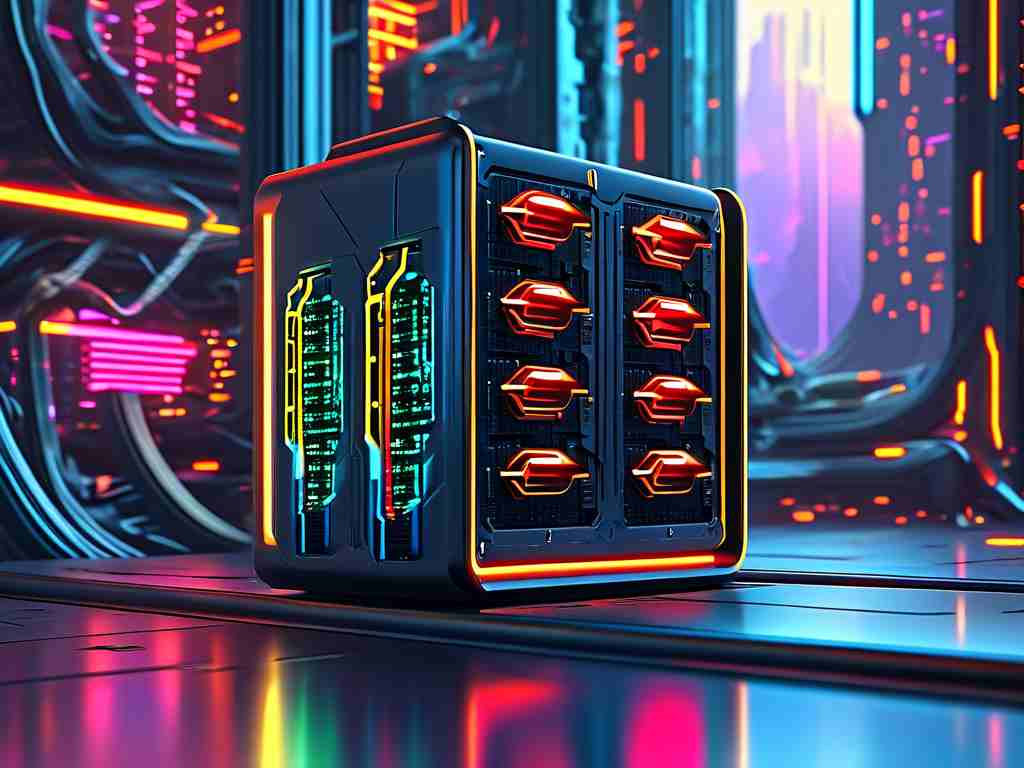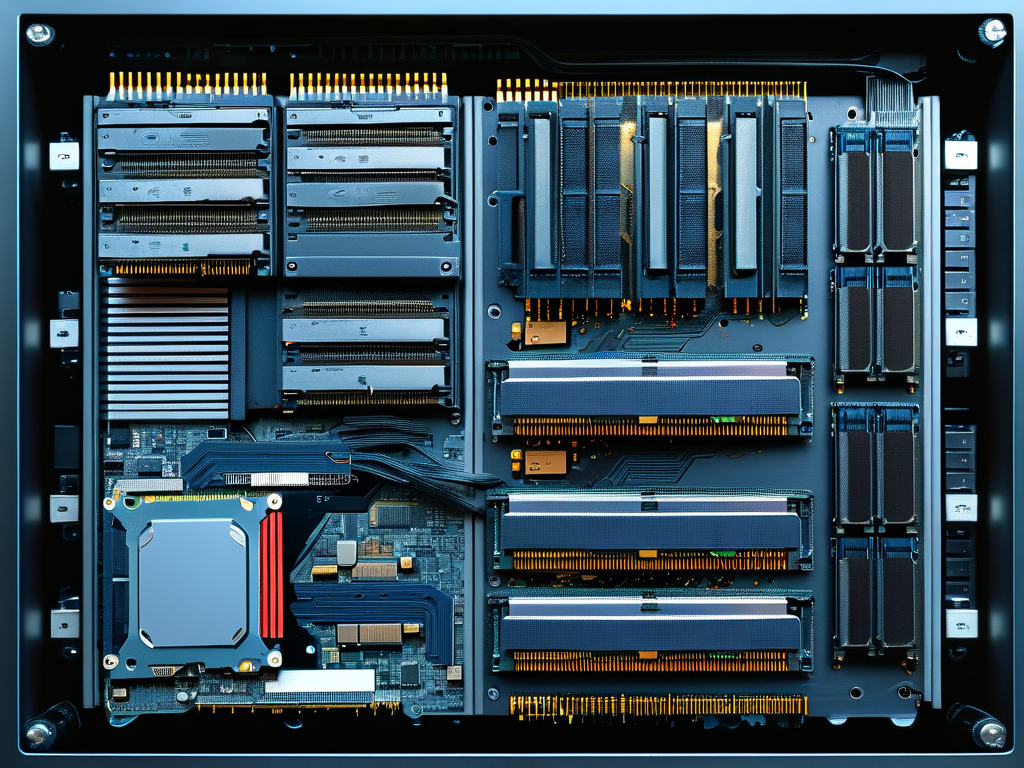Modern computers rely on intricate memory systems to deliver optimal performance, and understanding how memory classification contributes to their functionality is essential. Memory classification refers to the organization of storage systems based on speed, capacity, and purpose. This article explores the critical functions enabled by categorized memory architectures and their impact on computing efficiency.
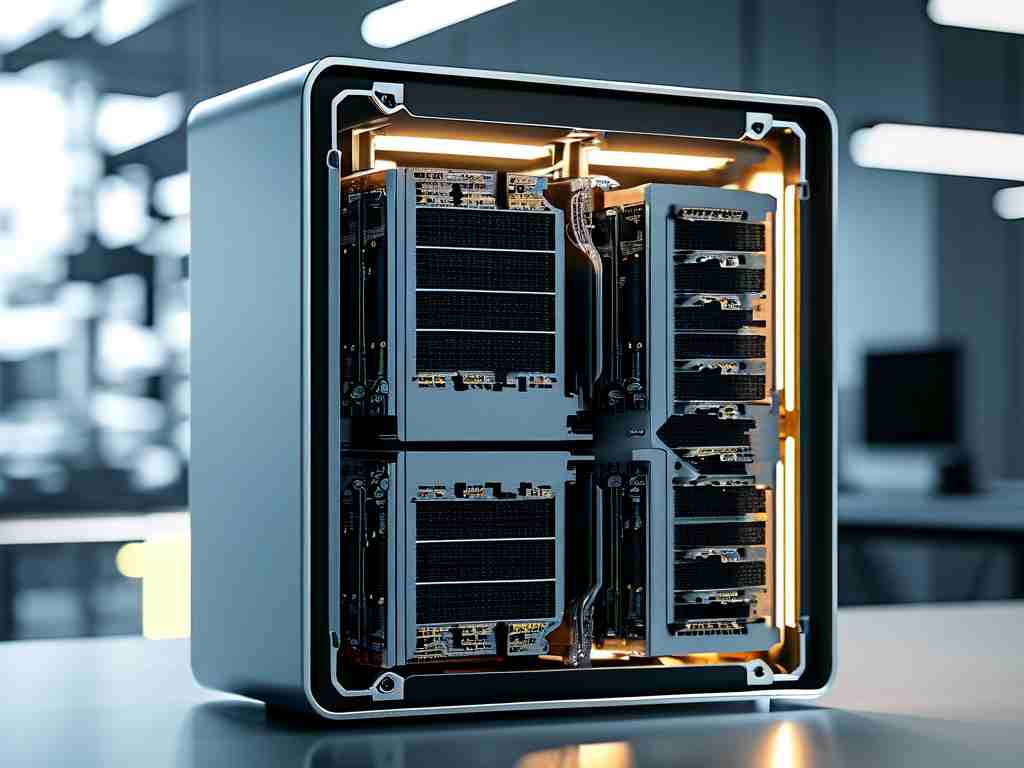
1. Hierarchical Data Access
Computers utilize a tiered memory structure to balance speed and storage capacity. At the top, registers and cache memory provide near-instant access to frequently used data, enabling processors to execute instructions without delays. Main memory (RAM) serves as a middle layer, temporarily holding active applications and data. Finally, secondary storage devices like SSDs and HDDs offer long-term data retention. This hierarchy ensures that high-speed tasks remain efficient while maintaining ample storage for less urgent needs.
2. Task-Specific Optimization
Classified memory systems allow computers to allocate resources based on task requirements. For example, graphics-intensive applications leverage dedicated VRAM (Video RAM) to render high-resolution visuals smoothly. Similarly, embedded systems use non-volatile memory like ROM or EEPROM to store firmware, ensuring reliable boot processes. By segregating memory types, devices can prioritize stability for critical operations and speed for dynamic tasks.
3. Error Correction and Data Integrity
Advanced memory classifications incorporate error-checking mechanisms. ECC (Error-Correcting Code) memory, often used in servers, detects and fixes bit-level errors automatically. This prevents system crashes caused by corrupted data—a vital feature for environments requiring uninterrupted operation. Meanwhile, wear-leveling algorithms in flash-based storage extend the lifespan of SSDs by evenly distributing write cycles across memory cells.
4. Virtual Memory Management
Operating systems employ virtual memory techniques to extend usable memory beyond physical limits. By partitioning storage into pages or segments, computers can temporarily offload inactive data to disk space. This classification approach prevents memory exhaustion during multitasking and enables smoother operation of memory-hungry software like video editors or virtual machines.
5. Energy Efficiency
Memory classification also plays a role in power management. Low-power DDR (LPDDR) modules in mobile devices reduce energy consumption without sacrificing performance. Additionally, adaptive memory controllers dynamically adjust voltage based on workload demands, optimizing battery life in laptops and IoT devices.
6. Security Enhancements
Isolated memory zones enhance system security. Trusted Execution Environments (TEEs) create hardware-protected areas for sensitive operations like encryption key storage. Memory protection units (MPUs) in microcontrollers prevent unauthorized access to critical code segments, mitigating risks from malware or coding errors.
Case Study: Gaming PCs
A practical example of memory classification’s impact is seen in gaming systems. These machines combine GDDR6 VRAM for rapid texture rendering, high-frequency DDR5 RAM for game logic processing, and NVMe SSDs for fast asset loading. This layered approach eliminates bottlenecks, delivering seamless gameplay even at 4K resolutions.
Future Trends
Emerging technologies like 3D-stacked memory and phase-change RAM (PCRAM) promise to redefine classification standards. These innovations aim to bridge the gap between volatile and non-volatile memory, potentially enabling instant-on systems with zero boot times.
In , memory classification is not merely a technical detail but a foundational aspect of computing. By strategically organizing storage resources, computers achieve faster processing, greater reliability, and enhanced versatility—capabilities that continue to evolve alongside technological advancements.


